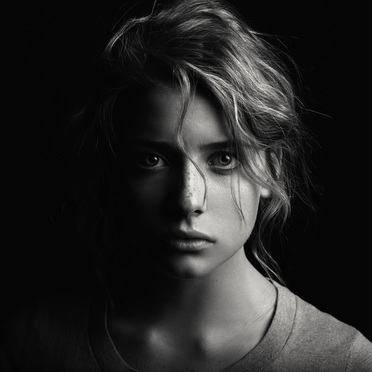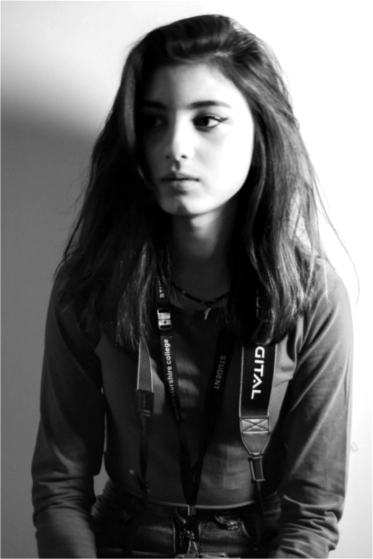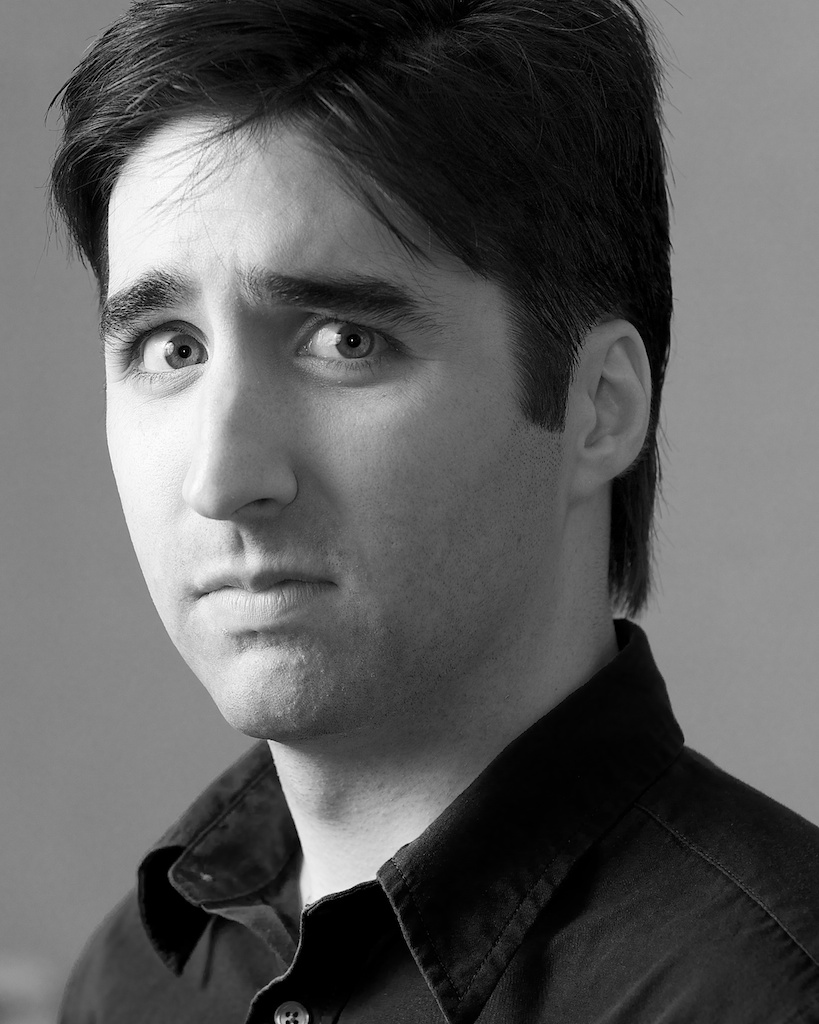1. Split lighting
 This type of lighting has light shine on only one side of the subject's face, while the other half is completely dimmed from light/has no light shining on it, making it dark.
This type of lighting has light shine on only one side of the subject's face, while the other half is completely dimmed from light/has no light shining on it, making it dark.2.Loop lighting
3. Rembrandt Lighting
4. Butterfly/Glamour lighting
 Butterfly lighting is aptly named for the butterfly shaped shadow that
is created under the nose by placing the main light source above and
directly behind the camera. The photographer is basically shooting
underneath the light source for this pattern. It is most often used for
glamour style shots and to create shadows under the cheeks and chin. It
is also flattering for older subjects as it emphasizes wrinkles less
than side lighting.
Butterfly lighting is aptly named for the butterfly shaped shadow that
is created under the nose by placing the main light source above and
directly behind the camera. The photographer is basically shooting
underneath the light source for this pattern. It is most often used for
glamour style shots and to create shadows under the cheeks and chin. It
is also flattering for older subjects as it emphasizes wrinkles less
than side lighting.5. Broad loop
 Broad lighting is when the subject’s face is slightly turned away from center, and the side of the face which is toward the camera (is broader)
is in the light. This produces a larger area of light on the face, and a
shadow side which appears smaller. Broad lighting is sometimes used for
“high key” portraits.
Broad lighting is when the subject’s face is slightly turned away from center, and the side of the face which is toward the camera (is broader)
is in the light. This produces a larger area of light on the face, and a
shadow side which appears smaller. Broad lighting is sometimes used for
“high key” portraits.6. Short lighting
 In short lighting, the face is turned towards the light source this
time. Notice how the part of the face that is turned away from the
camera has the most light on it and the shadows are falling on the near
side of the face, closet to the camera. Simply put short lighting has
shadows on the largest part of the face showing.
In short lighting, the face is turned towards the light source this
time. Notice how the part of the face that is turned away from the
camera has the most light on it and the shadows are falling on the near
side of the face, closet to the camera. Simply put short lighting has
shadows on the largest part of the face showing.Source of information: http://digital-photography-school.com/6-portrait-lighting-patterns-every-photographer-should-know/
No comments:
Post a Comment